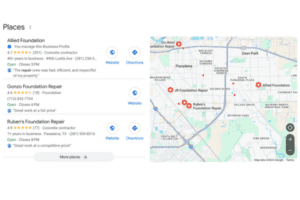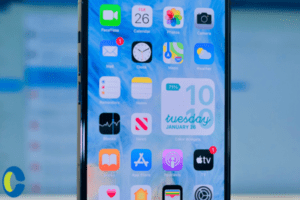We’ve all experienced it at least once. We’ve experienced it either as a customer ourselves or while representing a brand that hired us. One wrong misstep or decision becomes a customer service issue that left us or the customer we were dealing with unhappy. It happens, we’re all human and while we try, it is impossible for every customer to be happy all of the time.
But while most of us would try to handle the situation or attempt to make up for it if it was our fault, there have been huge customer service disasters that have taken place over the years. Instances where the representatives did not handle the issue in a way that left their customers satisfied or would represent the ideal of good customer service.
Let’s take a look at 3 examples of some of the worst customer service disasters.
1) Marriott
During Hurricane Irma last year, the Virgin Islands took damage from the storm’s 185 mile per hour winds. When the airport closed, Marriott got involved and sent a ship to rescue travelers who had been left stranded on the island of Saint Thomas and take them to Puerto Rico.
Yet, despite having room onboard, many people were turned away because they weren’t staying with Marriott. Roughly 35 people were left on the island with nowhere to go and no shelter. Another hurricane loomed on the horizon and threatened the island, along with those that Marriott chose to leave behind.
Yet this issue was out of Marriott’s hands after the ship arrived. While the managers of the hotels tried to work with the dock company to allow others on board, security personnel would not allow them to because the other 35 people were not listed on the ship’s manifest. This manifest had to be prepared in advance so that the boat could sail into international waters without issue.
Despite this, the incident still cost the Marriott customers as word spread through the news and social media outlets about what had been done.
2) United Airlines
Most of us heard the news story and saw the video that came out last year of a United Airlines passenger being forcibly pulled from the seat he had purchased. He was removed from the plane to make room for an employee of the airline. This happened before takeoff, and after United offered passengers travel vouchers if they were willing to give up their seat on the flight voluntarily. None of the passengers volunteered to leave the flight, which was flying out of Chicago and arriving in Louisville. Since no one volunteered, managers decided on four people to be involuntarily removed.
Dr. Dao was one of the four chosen and refused to give up his seat because he needed to get home to see his patients in his clinic the next day. Despite the urgency of needing to get the clinic’s doctor home, the supervisor threatened to call the police and have them escort the doctor out. The altercation that happened afterward left the doctor with a broken nose, sinus injuries, a concussion, and two fewer teeth.
When the CEO of United went to address the incident, he attempted to justify what was done to Dr. Dao because they tried to re-accommodate the customers. He also chose to commend the United employees for how they handled the situation.
The situation ultimately involved a settlement and led to multiple people in the United States, China, and Vietnam boycotting the airline and destroying their loyalty cards.
3) Equifax
The last example of horrible customer service comes from one of the three major consumer credit reporting agencies. Equifax is responsible for the information on over 800 million individuals and more than 88 million businesses around the world. All of that information should be secure from any hacks or leaks. Yet, last year Equifax was hacked.
Roughly 145.5 million customers were affected and had their personal information such as names, Social Security numbers, birth dates, addresses, and driver’s license numbers accessed by whoever had been behind the hack. The company also reported that for roughly 209 thousand people, their credit card numbers were also accessed. After the breach was made public, Equifax set up a website for customers to see if they were one of the millions affected by the hack.
However, instead of making the news about what had happened known to their customers, it took Equifax two months to notify people that someone outside of the company had accessed their information. The breach was reported in September of last year, yet Equifax had found out about it themselves in July.
Their response to their customers grew worse from there. As an attempt at compensating their customers for the breach in security, Equifax offered a free one year trial of a program called TrustedID Premier to their customers in the United States. The service would grant them credit monitoring through all three bureaus, copies of Equifax credit reports, the ability to lock and unlock the reports, identity theft insurance, and internet scanning for their social security numbers.
It sounds like a good deal and a decent compromise, correct?
Yet many who tried to enroll in the program were unable to do so. They were told to try again on a specific date in the future and left unprotected until then, or they could never get through to discuss why they never received their verification email to finish the enrollment process. Many who tried to put a credit freeze in place were also denied.
To top it off, those who did try to accept the identity theft protection Equifax offered signed away their right to sue the company. This was infuriating to everyone who was left vulnerable by Equifax’s negligence.
What can we learn from these examples?
Ultimately, the goal of customer service is satisfaction. Something that none of these three examples were able to provide. You want to take every step you possibly can to ensure their happiness, and if an incident does happen, you want to take responsibility and do what you can to rectify the situation.
In the case of Marriott, the situation ended up out of the company’s hands. United Airlines and Equifax both had the opportunity to make it up to the customers or handle the situation differently. How would you handle a crisis like this?















